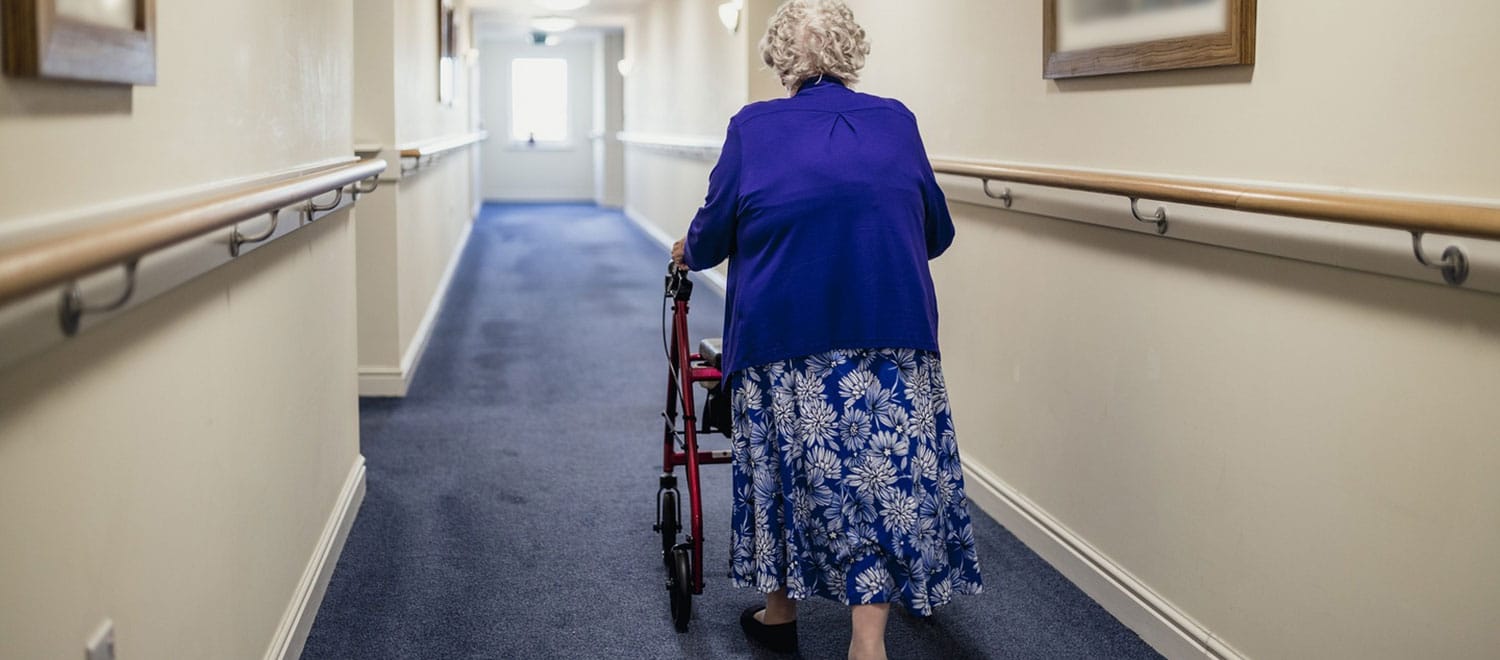We were approached at the design and consultation stage of a project to install a plumbing and AC system in a nursing and care home.
We developed a design, but as the work progressed we adapted and made amendments to avoid additional costs and make improvements.
Our R&D capability and reputation for thinking ‘outside the box’ proved vital when an issue arose with the design for the air conditioning. The engineers wished to install the AC units within the cavity space above the ceiling. The architects and building controllers, however, wanted to make the ceiling a no-access zone, avoiding the need to install costly fire and smoke detection units.
Our team explored various potential solutions. We considered the use of wall-mounted units, but this would not have produced an efficient and equal distribution of ventilation around the building. We also looked at creating a timber framework, enclosed in fire-retardant plasterboard, to sit above the ceiling. This, however, would have been costly and not entirely satisfactory.
In the end one of our project designers came up with the ideal solution. We collaborated with a fabricator to manufacture metal box hoods for the AC equipment off-site, which could be inserted quickly and easily into the ceilings. By making them self-contained and fireproof they met fire safety regulations, with no need for additional safety equipment or for electrical work to be carried out in the void. A latch arrangement allows access from the room below, again avoiding the need to access the cavity space (apart from the fire door required for periodic inspections).
This innovative approach satisfied the client’s objectives and saved significant time and money on site. The ventilation is evenly distributed, and the solution has worked so well that in any given scenario with similar circumstances, we utilise the fireproof hood.




